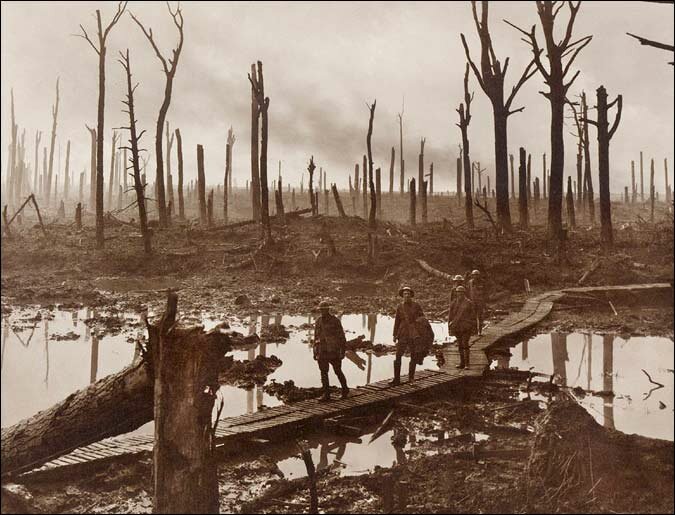From Wikipedia some of the material on Mathew Brady....
In 1844, Brady opened his own photography studio at the corner of Broadway and Fulton Street in New York in 1844,[6][7] and by 1845, he began to exhibit his portraits of famous Americans, including the likes of Senator Daniel Webster and poet Edgar Allan Poe.
In 1850, Brady produced The Gallery of Illustrious Americans, a portrait collection of prominent contemporary figures. The album, which featured noteworthy images including the elderly Andrew Jackson at the Hermitage, was not financially rewarding but invited increased attention to Brady's work and artistry.
At first, the effect of the Civil War on Brady's business was a brisk increase in sales of cartes de visite to departing soldiers. Brady readily marketed to parents the idea of capturing their young soldiers' images before they might be lost to war by running an ad in The New York Daily Tribune that warned, "You cannot tell how soon it may be too late." However, he was soon taken with the idea of documenting the war itself. His efforts to document the American Civil War on a grand scale by bringing his photographic studio onto the battlefields earned Brady his place in history. While most of the time the battle had ceased before pictures were taken, Brady came under direct fire at the First Battle of Bull Run, Petersburg, and Fredericksburg.
He also employed Alexander Gardner,[12] James Gardner, Timothy H. O'Sullivan, William Pywell, George N. Barnard, Thomas C. Roche, and seventeen other men, each of whom was given a traveling darkroom, to go out and photograph scenes from the Civil War. Brady generally stayed in Washington, D.C., organizing his assistants and rarely visited battlefields personally.
Many of the images in Brady's collection are, in reality, thought to be the work of his assistants. Brady was criticized for failing to document the work, though it is unclear whether it was intentional or due simply to a lack of inclination to document the photographer of a specific image. Because so much of Brady's photography is missing information, it is difficult to know not only who took the picture, but also exactly when or where it was taken. Brady was not able to photograph actual battle scenes, as the photographic equipment in those days was still in the infancy of its technical development and required that a subject be still in order for a clear photo to be produced.
During the war, Brady spent over $100,000 to create over 10,000 plates. He expected the US government to buy the photographs when the war ended. When the government refused to do so he was forced to sell his New York City studio and go into bankruptcy. Congress granted Brady $25,000 in 1875, but he remained deeply in debt. The public was unwilling to dwell on the gruesomeness of the war after it had ended, and so private collectors were scarce. Depressed by his financial situation and loss of eyesight, and devastated by the death of his wife in 1887, he died penniless in the charity ward of Presbyterian Hospital in New York City on January 15, 1896, from complications following a streetcar accident. Brady's funeral was financed by veterans of the 7th New York Infantry. He was buried in the Congressional Cemetery in Washington, D.C.




